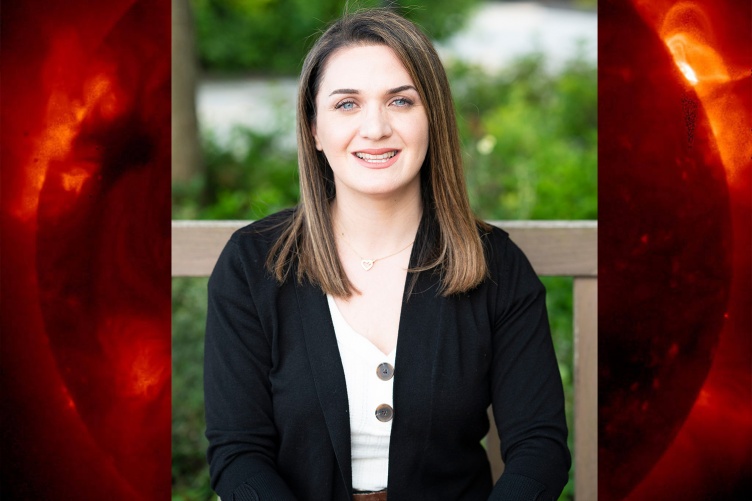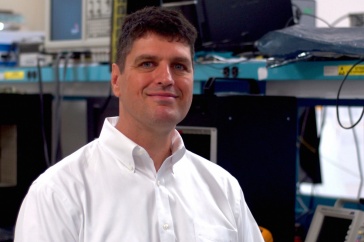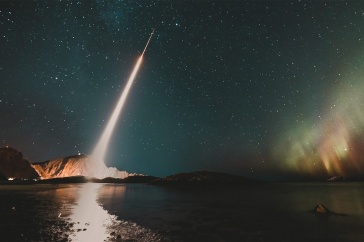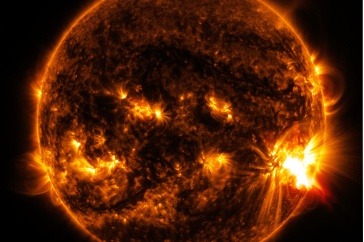
Banafsheh Ferdousi, a research scientist in the UNH Space Science Center, has received approximately $800,000 from NASA to study space weather that impacts our technology and infrastructure here on Earth.
The four-year grant is part of NASA’s Living With A Star Program, whose mission is to learn more about the variabilities in the sun that affect Earth and our solar system.
Ferdousi’s research focuses on space magnetic storms caused by the solar wind that can generate electrical currents here on Earth — these are called geomagnetically induced currents, or GICs. GICs can travel through long conductors like railroads, power lines and underground pipelines, wreaking havoc as they move through them. Scientists are seeking ways to more accurately forecast GICs to help mitigate their impacts to technology and infrastructure.
"With this research, we'll be able to model the disturbance all the way from the solar wind to the ground."
With this grant, Ferdousi and researchers at the University of Alabama, Huntsville will use a computer model that simulates our planet’s magnetosphere, ionosphere, and thermosphere to determine deviations in the Earth’s magnetic field on the ground. She plans to link this information together with magnetotelluric data that describes underground electrical conductivity to form a more complete picture of potential GIC paths across the U.S.
“Geomagnetic storms are not rare events; they happen all the time,” Ferdousi says. “We’ve been lucky that many of the most extreme storms occurred during a time when we were less dependent on technology.” For example, she explains, in 1859, the most powerful geomagnetic storm to date disrupted telegraph systems — the only technology that spanned the globe at that time. In 2012, satellites around the sun detected a coronal mass ejection comparable in size to that of the 1859 event, but it ejected away from the Earth. Had it aimed at our planet instead, the National Academy of Sciences estimated that it would have caused widespread power outages and had a significant economic impact.
Ferdousi is confident that scientists can help power companies prepare for such events. “Just as we produce weather forecasts, we can also produce space weather forecasts based on measurements of the solar wind and the magnetosphere,” she says. “With this research, we’ll be able to model the disturbance all the way from the solar wind to the ground.”
The UNH Institute for the Study of Earth, Oceans, and Space is UNH's largest research enterprise, comprising six centers with a focus on interdisciplinary, high-impact research on Earth and climate systems, space science, the marine environment, seafloor mapping and environmental acoustics. With more than $60 million in external funding secured annually, EOS fosters an intellectual and scientific environment that advances visionary scholarship and leadership in world-class research and graduate education.
-
Written By:
Rebecca Irelan | Institute for the Study of Earth, Oceans, and Space | rebecca.irelan@unh.edu | 603-862-0990



















































